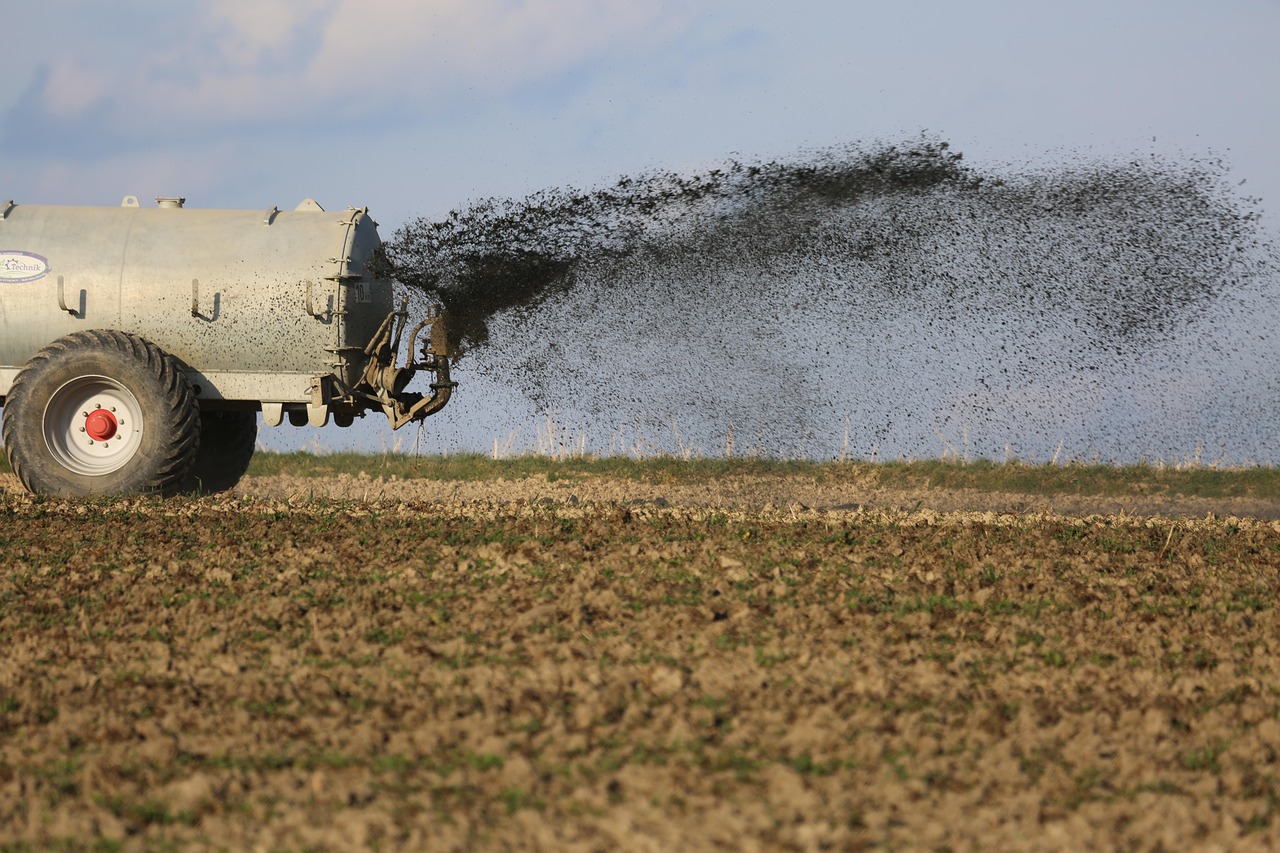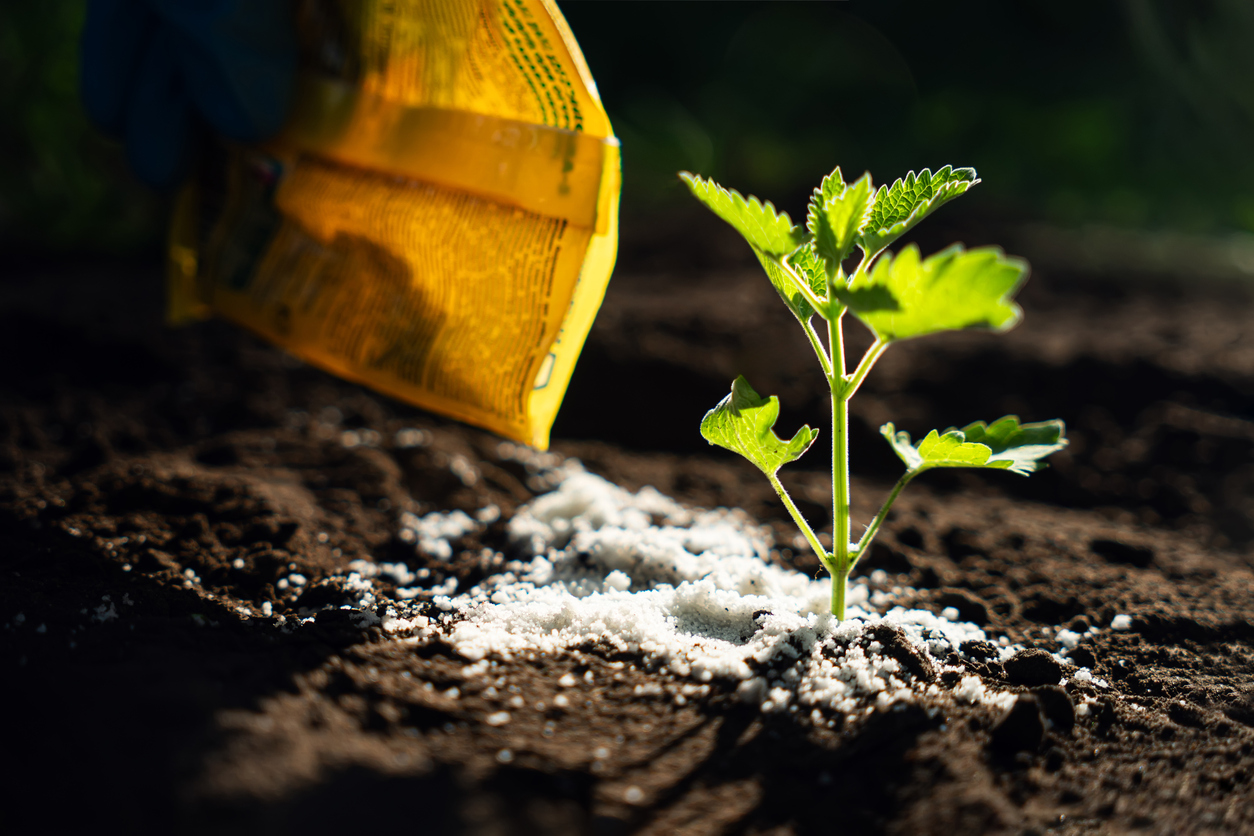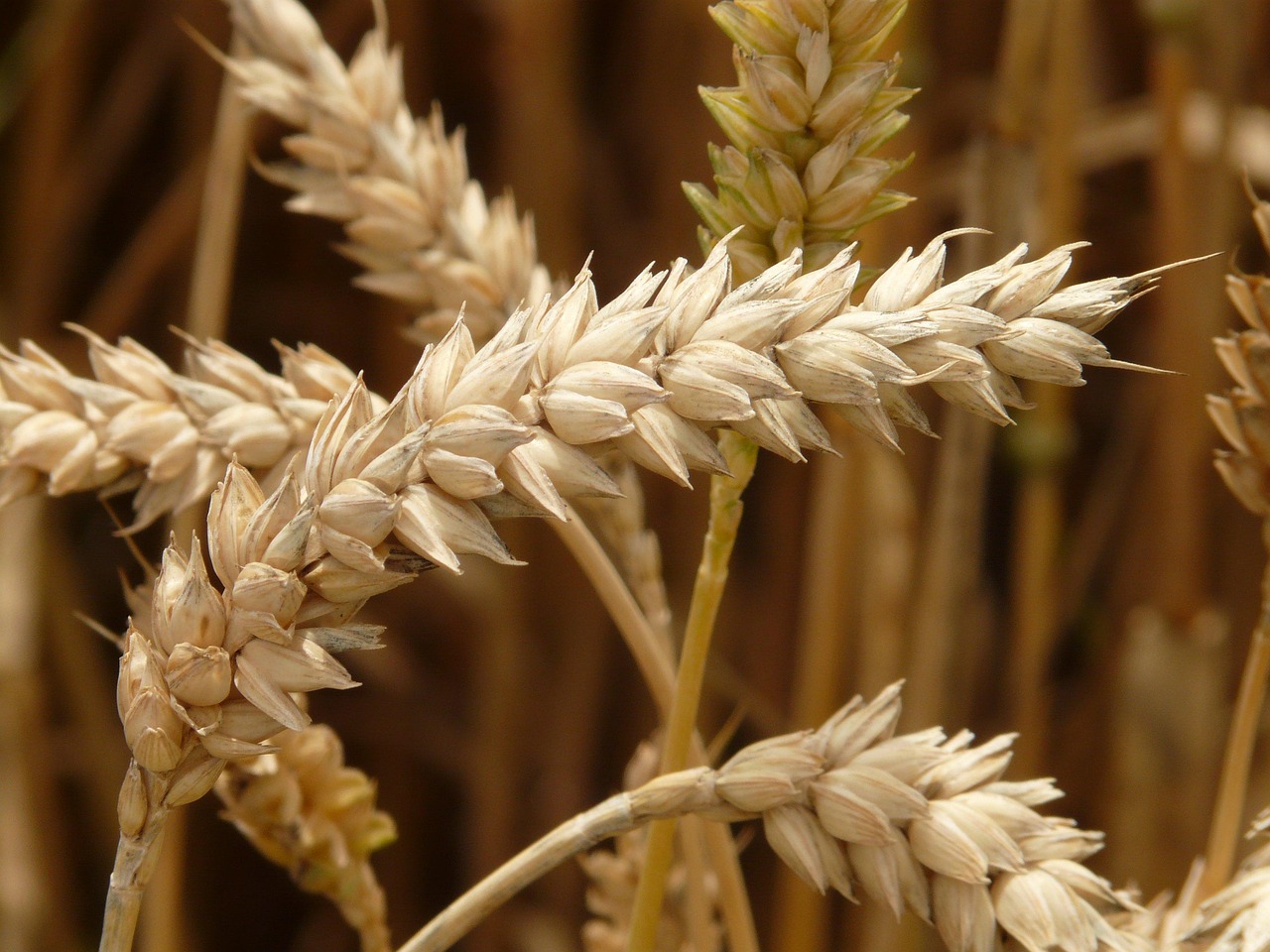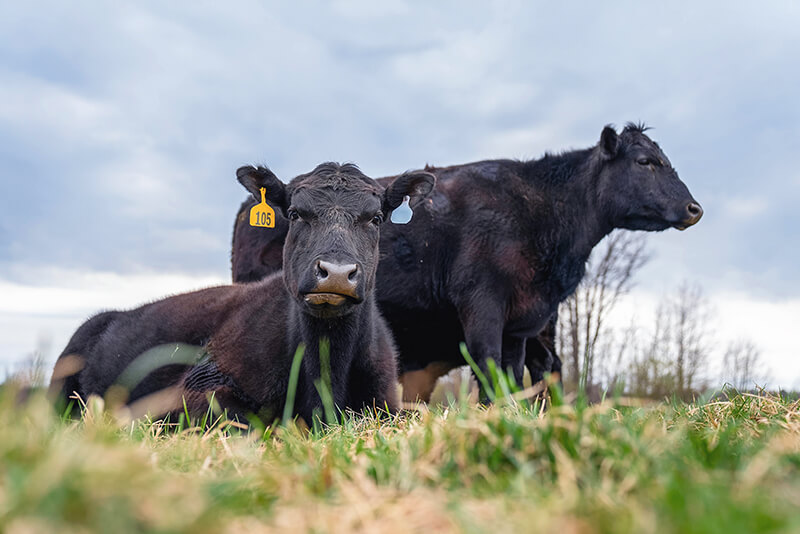
Can We Have Too Much of a Good Thing?
In this lesson students will understand that plants require nutrients in the proper concentrations. Students will discover that plants can be damaged or killed by either too many or too few nutrients.

In this lesson students will understand that plants require nutrients in the proper concentrations. Students will discover that plants can be damaged or killed by either too many or too few nutrients.

In this lesson, students will learn how to read a fertilizer label, understand the components of fertilizers, and explore factors for choosing the appropriate fertilizer for a given situation. Students will use their knowledge and conduct research on one type of soil supplement to design a persuasive product advertisement.

Students will learn the physical components and nutritional composition of a grain, understand the function of the protein gluten in the structure of bread products, and investigate how mechanical and chemical digestion begins with salivary amylase in the mouth.

In this lesson, students will model the responsibilities of a food scientist by working in product development teams to create a new food product. Tasks will involve market analysis, economics, food chemistry and safety, graphic design, and communication.

In this lesson students will learn about foodborne illness, its prevention, and the people and organizations that are involved in food safety. Students will conduct an experiment to learn how hand-washing affects the presence of bacteria on their hands.

Students will discover why it is important to use credible sources, learn strategies for identifying credible sources, identify primary sources of information, and practice citing sources.

In this lesson, students will follow the farm to fork process of producing beef, learn how cattle and other ruminants convert grass into nutrient-rich foods such as milk and meat, discover ways cattle recycle food waste, and identify careers in the beef cattle industry.
Students will read about and research the domestication of animals to better understand why and how they are raised on a farm. They will create a timeline of animal domestication.
Students identify the importance of plants to human life by surveying their home and neighborhood for plant products used for medicine, aesthetics, fuel products, fiber, and food.
In this lesson, students will test for plant-available soil nitrogen and learn how farmers use this test to precisely match fertilizer application to meet crop needs and reduce the amount of nitrogen left in the soil.
In this lesson students will measure the pH of a soil sample and learn how pH affects the availability of nutrient uptake by plants. Students will determine if and how their soil pH should be modified through the application of soil amendments.
In this lesson, students will use their knowledge of solutes, solvents, and parts per million to analyze fertilizer options that meet plant nutrient requirements while evaluating costs associated with managing plant nutrients.